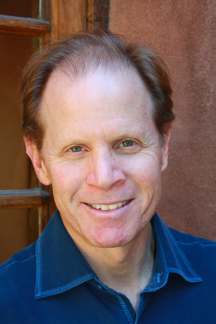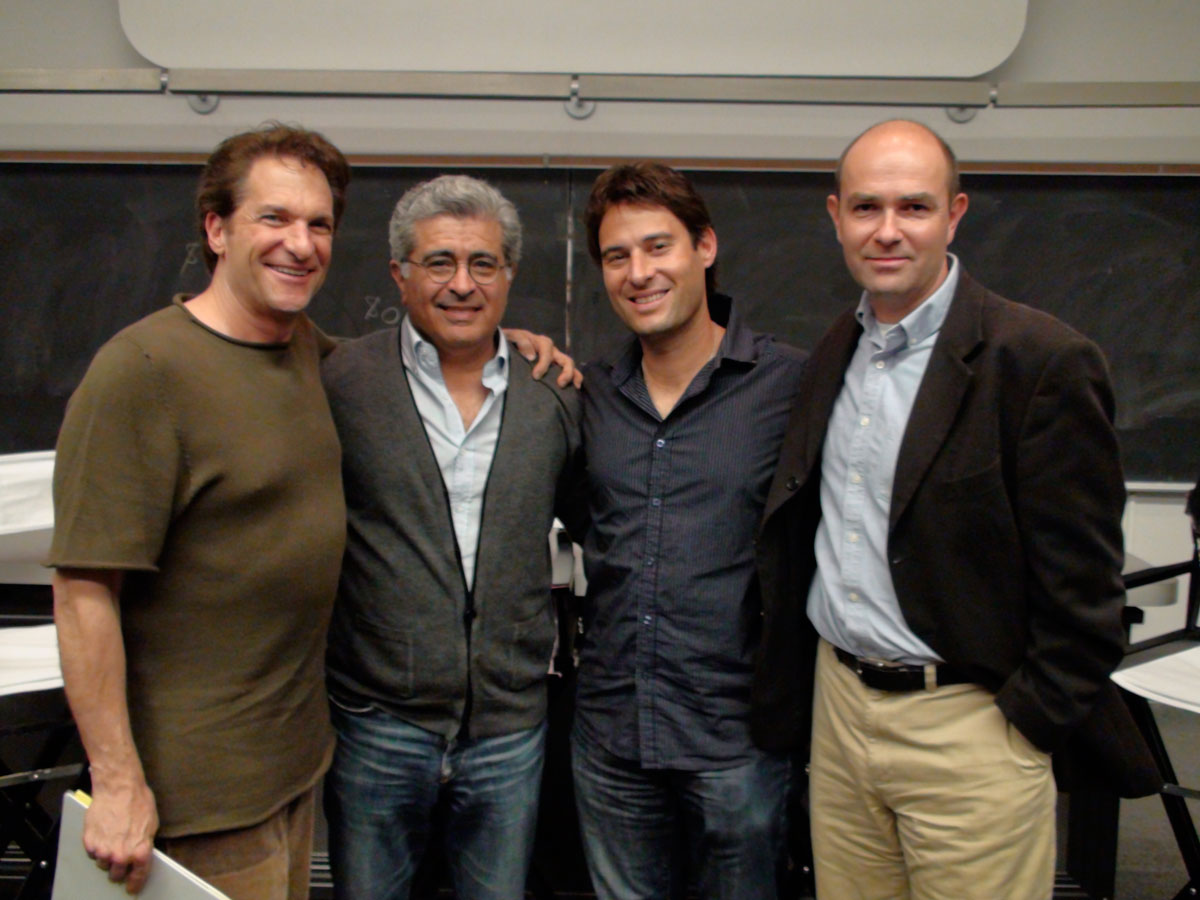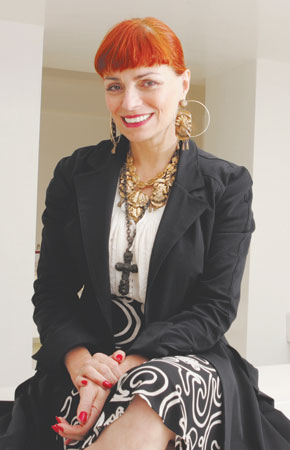Athletes aren’t the only ones who perform exercises to get themselves in state before going onto the game field. So do actors and performers, although their game field is the stage. And so do masters of the art of the tell, whose game field is wherever they tell their story.
Getting in state isn’t just a mental, emotional, or a physical process; it’s all three. It involves focusing your whole being on your intent to achieve your purpose.
This state is vital to the art of the tell because your intention is actually what signals listeners to pay attention to you. UCLA neuroscientist Dan Siegel has studied this process at length as part of his exploration of what he calls “mindsight” or human beings’ innate ability to see into each other’s minds. He explained to Peter Guber that our mirror neurons only switch on when they sense another person is acting intentionally — with conscious and active purpose.
He explained “we sense the other person’s intentions and imagine what an event means in his or her mind,” Siegel told Guber. What this means for the art of the tell is that there are no secrets in the art of the tell — only unspoken words.
MORE ABOUT TELL TO WIN
 To validate the power of telling purposeful stories, Guber includes in this book a remarkably diverse number of ‘voices’ – master tellers with whom he’s shared experiences. They include YouTube founder Chad Hurley, NBA champion Pat Riley, clothing designer Norma Kamali, “Mission to Mars” scientist Gentry Lee, Under Armour CEO Kevin Plank, former South African president Nelson Mandela, magician David Copperfield, film director Steven Spielberg, novelist Nora Roberts, rock legend Gene Simmons, and physician and author Deepak Chopra.
To validate the power of telling purposeful stories, Guber includes in this book a remarkably diverse number of ‘voices’ – master tellers with whom he’s shared experiences. They include YouTube founder Chad Hurley, NBA champion Pat Riley, clothing designer Norma Kamali, “Mission to Mars” scientist Gentry Lee, Under Armour CEO Kevin Plank, former South African president Nelson Mandela, magician David Copperfield, film director Steven Spielberg, novelist Nora Roberts, rock legend Gene Simmons, and physician and author Deepak Chopra.
After listening to this extraordinary mix of voices, you’ll know how to craft, deliver – and own – a story that is truly compelling, one capable of turning others into viral advocates for your goal.


